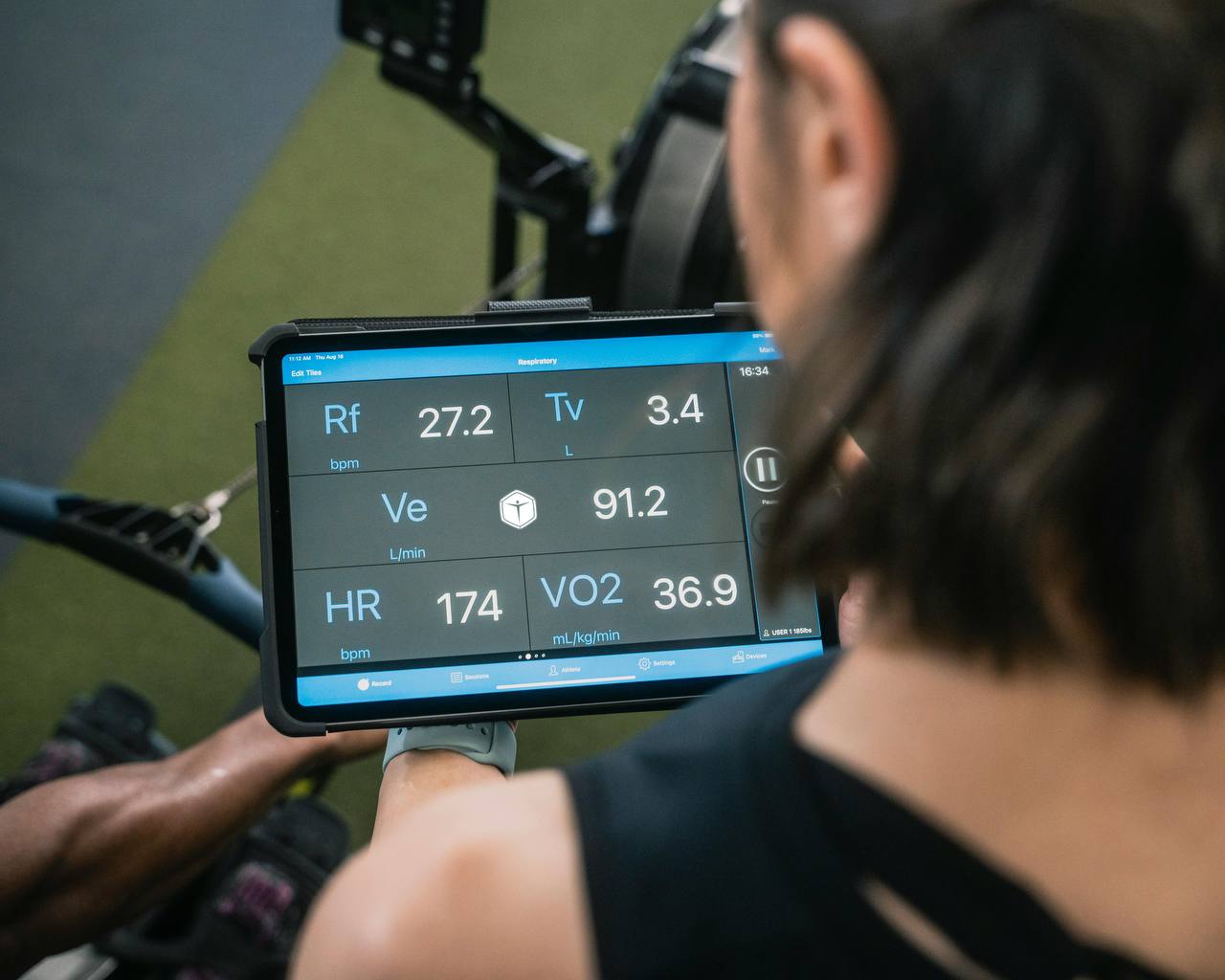
As preventive healthcare shifts toward real-time, data-driven decision-making, digital biomarkers have become a vital foundation for next-generation health insights. These biomarkers, quantifiable physiological or behavioral data collected via connected devices, offer a non-invasive, continuous way to understand how the body responds to stress, recovers from strain, and ages over time. In a world where health is increasingly managed through apps, platforms, and digital therapeutics, biomarkers offer the granularity needed to shift from reactive care to proactive intervention.
According to Market.us, the global digital biomarkers market is projected to grow from $3.4 billion in 2023 to over $21 billion by 2032, with a CAGR of 22.8%. This growth is driven by the rise of wearable devices, increased demand for personalized medicine, and growing applications in areas like neurodegeneration, cardiovascular health, and chronic disease management. As a result, insurers and digital health startups are prioritizing tools that help extract clinically meaningful insights from everyday biosignals.
This blog post outlines the most relevant digital biomarkers for key use cases: longevity tracking, recovery optimization, and stress management. You’ll discover what each metric reveals, which platforms collect them, and how Thryve’s API enables seamless integration and harmonization of these signals into your product. Whether you're targeting elite athletes, managing chronic care, or designing wellness tools, knowing which biomarkers to track is a competitive advantage.
HRV is the gold standard for assessing the balance of the autonomic nervous system. It provides a precise window into how the body responds to stress and recovers from it. Lower HRV is a signal for chronic strain, fatigue, or poor recovery, making it a crucial biomarker for any health monitoring application. For more details, check our HRV blog post here!
Devices like Garmin Connect offer robust HRV tracking capabilities, but developers often face challenges integrating this data with other platforms. Even a mobile-first SDK is essential for consolidating HRV streams and ensuring smooth cross-device functionality.
Thryve’s API integrates HRV data from Garmin, Apple Health, Fitbit, and other top wearables. It automatically harmonizes this input, filters signal noise, and syncs trends in real-time, making it easy for health apps to detect stress patterns, personalize insights, and scale across user types and use cases.
Get more information on how to increase HRV here!
VO2max is one of the strongest indicators of cardiovascular fitness and long-term health. It reflects the body's ability to use oxygen during intense exercise and serves as a benchmark for endurance, biological aging, and mortality risk.
The most effective improvements come from structured high-intensity interval training, balanced recovery, and stress reduction strategies. Apps that are equipped with biometric insights can personalize VO2max enhancement plans.
Thryve’s API collects VO2max data from Apple Health, Garmin, and similar devices, then synchronizes it with complementary metrics such as HRV, activity, and sleep. This allows app developers to deliver smarter, adaptive coaching and health insights directly within their user experience.
RHR is a key digital biomarker that offers a baseline view of cardiovascular strain. It helps detect subtle physiological shifts before symptoms become apparent, making it a valuable early indicator for illness, stress overload, or overtraining.
Thryve’s API passively gathers RHR data from top wearable platforms like Apple Health, Fitbit, and Garmin. It harmonizes disparate data formats, sets customizable baselines, and enables app developers to trigger real-time feedback when resting heart rate deviates from normal patterns.
Sleep regularity, duration, and quality are core predictors of cognitive resilience, cardiovascular health, and emotional balance. Poor sleep disrupts every system linked to long-term health.
With a new sleep-based health risk model, Thryve turns raw biometric data into clinical-grade risk scores for all-cause mortality, cardiovascular disease, and mental health, fully embedded in our SDK and API.
EDA, along with other stress-related biosignals like skin temperature and cortisol surrogates, provides real-time insights into the body's physiological response to stress. These data points are essential for understanding autonomic nervous system activation, detecting chronic stress patterns, and designing timely interventions. We have covered EDA in detail in our blog post here!
Thryve supports the integration of EDA data from wearable sensors like Fitbit Sense and Empatica. Our platform normalizes this data, synchronizes it with other stress-related metrics such as HRV and skin temperature, and enables app developers to trigger real-time responses, like nudges, prompts, or escalation to care, based on individual stress thresholds.
Digital biomarkers are transforming how we understand, monitor, and improve health. For digital health innovators, integrating these biomarkers is no longer something to consider; it’s essential for delivering meaningful and scalable impact.
Thryve’s API is designed to enable seamless integration of real-time, on-device biometric intelligence into mobile-first health apps. We help you simplify data integration, accelerate go-to-market, and maintain the highest security and compliance standards while scaling with your users. Our key features are:
The future of health isn’t just digital, it’s personalized, predictive, and preventative.
Book a demo to see how Thryve enables real-time biomarker monitoring in your app.